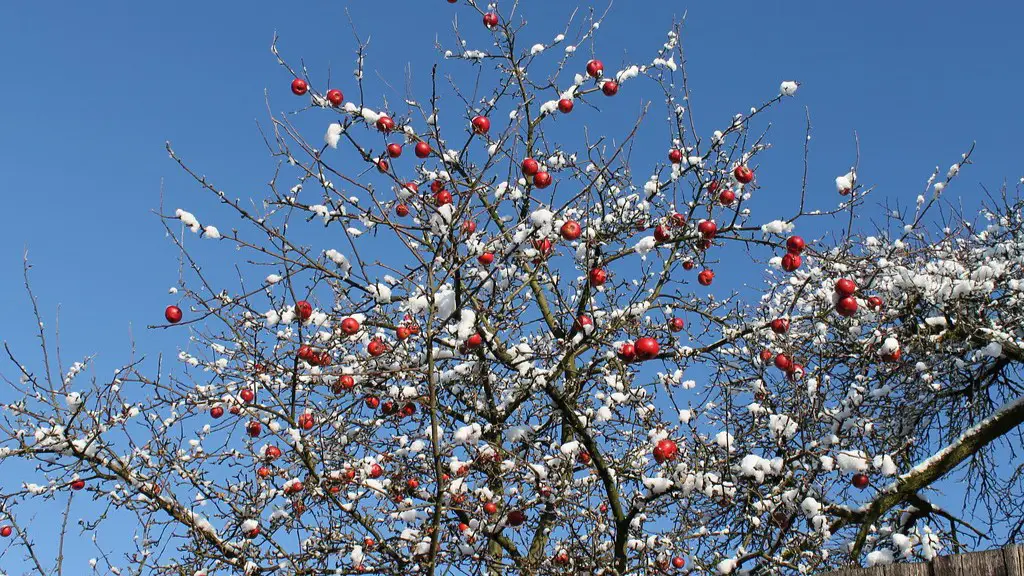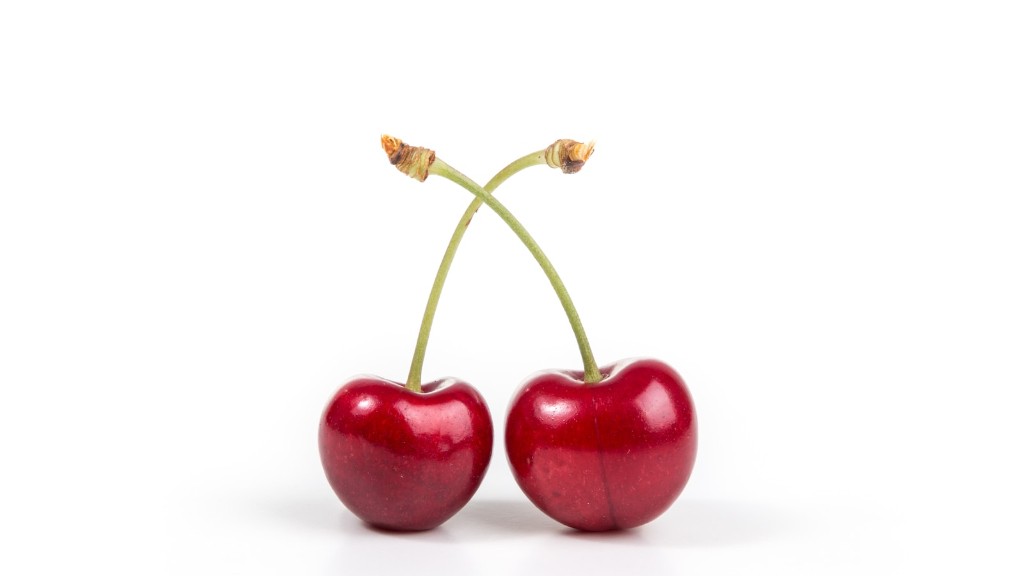Buying Palm Trees for Your Garden
Palm trees are an attractive and easy-to-maintain addition to any garden. They come in a variety of shapes and sizes, providing texture and a decorative touch to outdoor spaces. To maximize the benefits of your palm tree, you’ll need to know how to properly transfer and plant it. Here is a step-by-step guide on how to transfer a palm tree.
Preparing the Palm Tree for Transfer
The first step is to prepare the palm tree for transfer. If you are buying a palm tree from a nursery, it will likely come in a container or plastic sleeve. You’ll need to remove the tree from the container and ensure that the roots have no grit or soil sticking to them. It’s important to be gentle when handling the roots, as you don’t want to cause any damage. Before transferring the tree, it is a good idea to add some fertiliser to the hole you’ve created in the ground to boost the tree’s growth.
Digging the Hole for Planting
The next step is to dig a hole for the palm tree. When digging the hole, make sure that its size and shape match the size of the tree’s root system. If the root system is large, the hole should be about twice as wide as the root system and twice the tree’s height. When digging the hole, it is important to use the appropriate tools and ensure that there are no large stones or debris on the sides or in the bottom of the hole.
Transferring the Tree
Now that you have prepped the palm tree and dug the appropriate hole, it’s time to transfer the tree. The best way to do this is to lift the tree from its container or sleeve, making sure to keep the root system intact. Place the tree in the center of the hole, carefully positioning it so that the roots are evenly distributed. Once the tree is in position, start filling in the hole with soil, ensuring that the soil is firmly packed around the tree’s roots.
Watering and Caring for the Tree
After planting the tree, it is important to water it regularly. A good rule of thumb is to water a newly planted tree once a week. It’s also important to use an appropriate fertilizer to ensure that the tree has the necessary nutrients to thrive.
Considering a Professional Service
If you don’t feel comfortable transferring a palm tree yourself, you can always hire a professional service to do it for you. Professional services have the right tools and expertise to safely and efficiently transfer a tree. This is especially important for larger palm trees which require more skill and effort.
Pre-Transfer Checklist
Before transferring a palm tree, it’s always a good idea to go through a pre-transfer checklist. This will help you to ensure that all the necessary steps are taken to ensure that the tree is safely transferred. A few items that should be on the checklist include: prepping the tree, digging the hole, filling the hole, and watering the tree after it is transferred.
Different Plant Varieties
When selecting a palm tree for your property, it’s important to consider the variety of tree you want. Some popular varieties of palm trees include the Sabal Palmetto, Foxtail Palm, and Pygmy Date Palm. Some varieties are better suited for colder climates, while others are better suited for warmer climates. Before buying a palm tree, do some research to determine which variety is best for your region.
Special Care for Larger Trees
If you are planning on transferring a palm tree that is larger than normal, it is important to take extra care. A larger tree will require a larger hole, which should be twice the size of the root system. Additionally, the tree should be properly secured in the ground with stakes or ropes to ensure that it does not get damaged.
Using Appropriate Tools
When transferring a palm tree, it is important to use the appropriate tools. These tools typically include a shovel, gloves, and trowel. Additionally, you may want to use stakes and ropes if you are transferring a larger tree. When using any tools, make sure to wear protective gear and follow the directions as provided by the manufacturer.
Taking Safety Precautions
In order to safely transfer a palm tree, it’s important to take the necessary safety precautions. Wear protective gear such as gloves, safety goggles, and sturdy boots while handling the tree or transferring it. It’s also important to be aware of the area where the tree is being transferred, as trees can be unpredictable and may fall if not properly handled.
Inspecting the Tree After Transferring
Once the tree is planted, it’s a good idea to inspect it. Check the tree for any signs of damage or distress, such as wilting leaves or broken branches. If the tree does not appear to be thriving, it may be necessary to move it to a different location where it will receive more sunlight or be sheltered from wind.
Wrapping the Tree’s Base
After the palm tree has been transferred, it’s important to wrap its base with a fabric or mulch for protection. Wrapping the tree’s base with burlap or a similar fabric will keep it from being damaged by wind and rain. Additionally, wrapping the base with a fabric such as burlap will help to retain moisture and improve the tree’s health.
Protecting the Tree From Pests
Palm trees can be a target for pests such as mites and scale insects. If the tree is not properly protected, it can quickly become infested. To protect the tree from pests, it’s important to inspect it regularly and use an appropriate pesticide or insecticide if necessary. Additionally, it is important to ensure that the soil around the tree is kept dry to prevent infestations.



